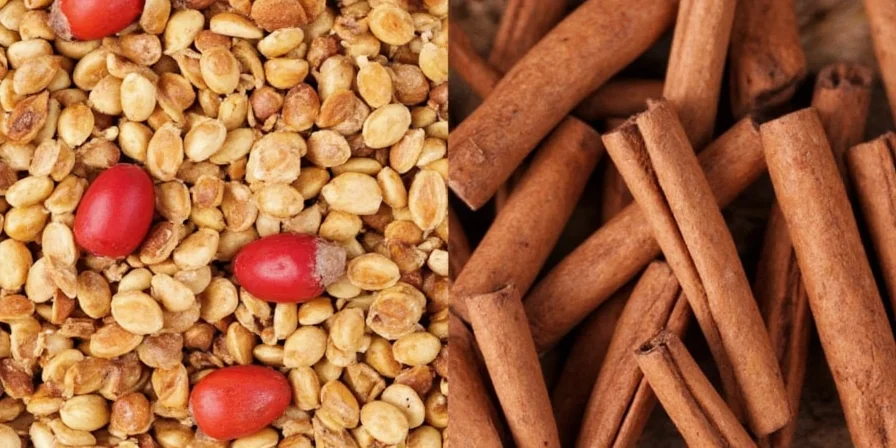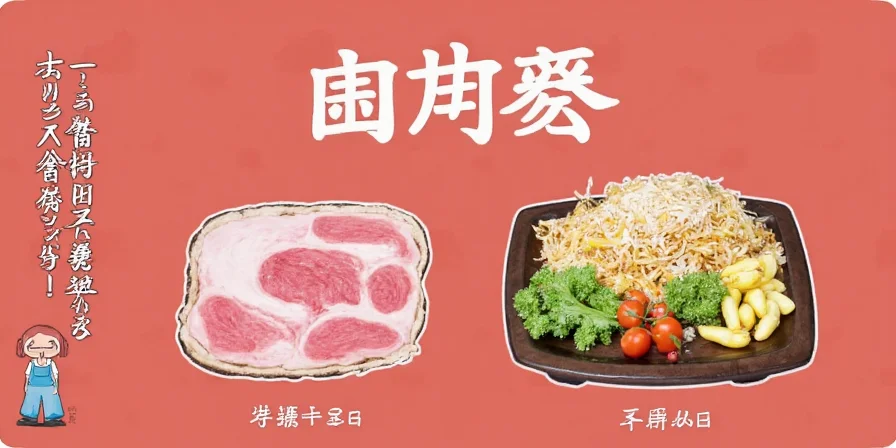Korintje (Indonesian cassia) and Ceylon cinnamon differ primarily in coumarin content, flavor profile, and sustainability impact. Korintje contains 63-125mg/kg coumarin (limit to 1 tsp daily), while Ceylon has just 0.017mg/kg (safe for regular use). Korintje offers bold, heat-stable flavor ideal for baking, while Ceylon provides delicate citrus notes perfect for cold preparations. Ceylon comes from sustainable agroforestry systems, whereas Korintje often involves monoculture farming.
Key Differences: Korintje vs Ceylon Cinnamon
Understanding these cinnamon varieties transforms both your cooking and wellness decisions. Here's what actually matters for culinary professionals and health-conscious consumers:
| Decision Factor | Korintje Cinnamon | Ceylon Cinnamon |
|---|---|---|
| Scientific Name | Cinnamomum burmannii | Cinnamomum verum |
| Coumarin Content | 63-125mg/kg (limit: 1 tsp daily) | 0.017mg/kg (safe for regular use) |
| Heat Tolerance | Maintains integrity above 350°F | Degrades above 300°F |
| Flavor Profile | Intense, woody, assertive | Delicate, citrus notes, floral |
| Sustainability | Monoculture risks, higher water use | Agroforestry integration, biodiversity |
When to Choose Each Cinnamon Type
Professional results require matching cinnamon to specific applications:
- Choose Korintje for: Baked goods (cinnamon rolls, streusel), stews, and recipes requiring high-heat cooking. Its intense flavor holds up during extended baking.
- Choose Ceylon for: Cold preparations (ice cream, poaching liquids), medicinal uses, and dishes where subtle flavor integration matters. Ideal for daily consumption due to negligible coumarin.
- Never substitute 1:1: Korintje requires 30% less volume than Ceylon due to stronger flavor. Add Korintje early in cooking; incorporate Ceylon at the end.

Health Implications: Critical Safety Information
Coumarin levels create dramatically different health profiles:
- Korintje: Exceeding 1 teaspoon daily may cause liver stress due to high coumarin. Thermal processing reduces coumarin by only 15-20% - not enough to eliminate consumption limits.
- Ceylon: With coumarin levels 60x lower, it's the only cinnamon safe for regular medicinal use (like cinnamon tea for blood glucose management).
- For children: Always use Ceylon - their lower body weight makes them more vulnerable to coumarin toxicity.

Sustainable Sourcing Guide
Ethical purchasing requires verification:
- Ceylon: Look for Fair Trade International certification ensuring 22% premium pricing reaches Sri Lankan smallholders.
- Korintje: Rainforest Alliance certification verifies reduced deforestation in Indonesian plantations.
- Avoid: Generic "natural" or "eco-friendly" claims without third-party verification.
- Best practice: Use Ceylon for daily consumption and certified Korintje for high-heat baking to support diverse agricultural economies.

Cinnamon Selection FAQs
Q: Which cinnamon is safer for daily use?
A: Ceylon cinnamon is significantly safer for daily consumption due to negligible coumarin levels (0.017mg/kg versus Korintje's 63-125mg/kg). The European Food Safety Authority recommends limiting Korintje to 1 teaspoon daily for adults, while Ceylon can be used freely.
Q: Can I substitute cinnamon types in recipes?
A: Never substitute 1:1. Korintje's intensity requires 30% less volume than Ceylon. For yeast-based doughs requiring high heat, use Korintje; for cold desserts and medicinal uses, choose Ceylon. Always add Korintje early in cooking and incorporate Ceylon at the end.
Q: Why is Ceylon more expensive than Korintje?
A: Ceylon costs more due to labor-intensive harvesting (hand-stripped from multi-crop farms) and lower yields per tree. Its production supports sustainable agroforestry systems with higher biodiversity. Fair Trade premiums also increase costs but ensure better farmer compensation.
Q: How can I verify authentic Ceylon cinnamon?
A: Authentic Ceylon has multiple thin, fragile layers forming a cigar-like quill (not a single thick roll). It should be light tan (not dark brown) and have a delicate, sweet aroma. Check for 'Cinnamomum verum' on packaging and Sri Lankan origin certification.

Final Selection Guidance
For optimal results, implement this professional approach:
- Daily consumption: Always choose Ceylon for tea, oatmeal, or medicinal uses due to safety profile
- Professional baking: Maintain both varieties - Korintje for high-volume applications, Ceylon for premium dishes
- Storage: Freeze whole Korintje quills (24-month shelf life); refrigerate Ceylon after 6 months
This evidence-based approach delivers superior flavor while addressing critical health and sustainability considerations that generic comparisons overlook.











 浙公网安备
33010002000092号
浙公网安备
33010002000092号 浙B2-20120091-4
浙B2-20120091-4